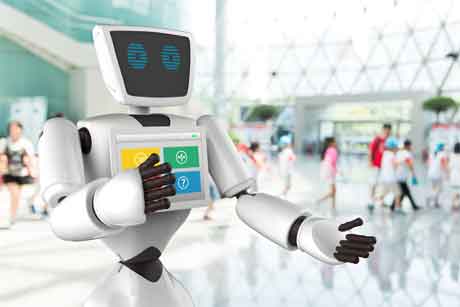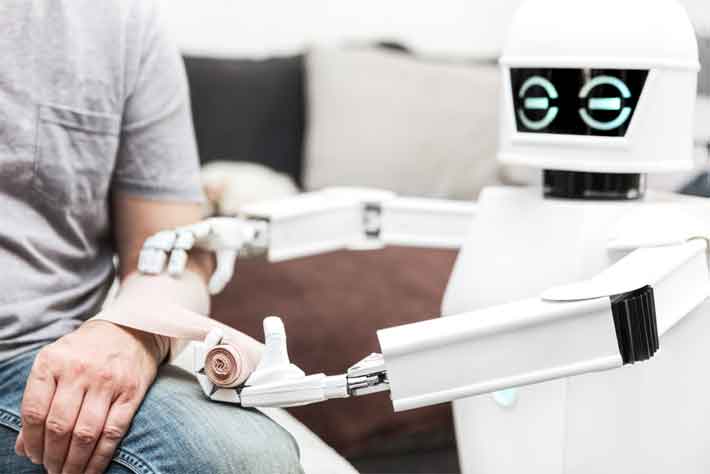The Food and Drug Administration, which is also responsible for monitoring hospitals, has approved, EngGadget is reporting, a request to allow use of RP-VITA autonomous robots in the nation’s hospitals. Hospitals across the country are expected to take advantage of the approval and begin placing them in facilities as soon as this spring. Slashgear says the approval came after months of trials with the robots in several undisclosed locations.
The robot’s main function is to serve as a remote telepresence device, which means, serve as the eyes and ears for a doctor who is at a different location. By directing the robot to the bedside of a patient, the doctor can interact with the patient in very nearly the same way as if he or she were physically there. Giving doctors such freedom helps spread expertise. The technology allows a single doctor to work out of several hospitals instead of just one or two that are located close to where he or she lives, check more details here.

The robots are made by iRobot, the same people that brought us the carpet and floor cleaner robots. They will lease the robots to hospitals at prices ranging from $4000 to $6000 a month. Each is fully autonomous which means it can move itself to a designated location all on its own. Each can be also be controlled remotely as well, giving doctors as much flexibility as they require. Once at a bedside, the robots, which have a computer screen for a face, are able to connect directly with medical equipment such as ultrasound machines, electronic stethoscopes, and computers that are connected to sensors placed on the patient’s body. Each also has a video camera and microphone which allows the doctor to speak with the patient. Each robot has WiFi built in which connects to a network at the hospital which in turn communicates via the Internet with the doctor. Representatives told the press that the robots have been programmed to make their way around hospital corridors without running into people or things and have done so to such a degree that the FDA granted the company’s request to allow hospitals to begin using them immediately.
Software onboard the robots also allows doctors to communicate directly with their patients via iPhone apps that are designed to work with diagnostic programs already in use in hospitals. That means doctors can check in on patients no matter where they are or what they are doing; something that should truly benefit patients as well.
